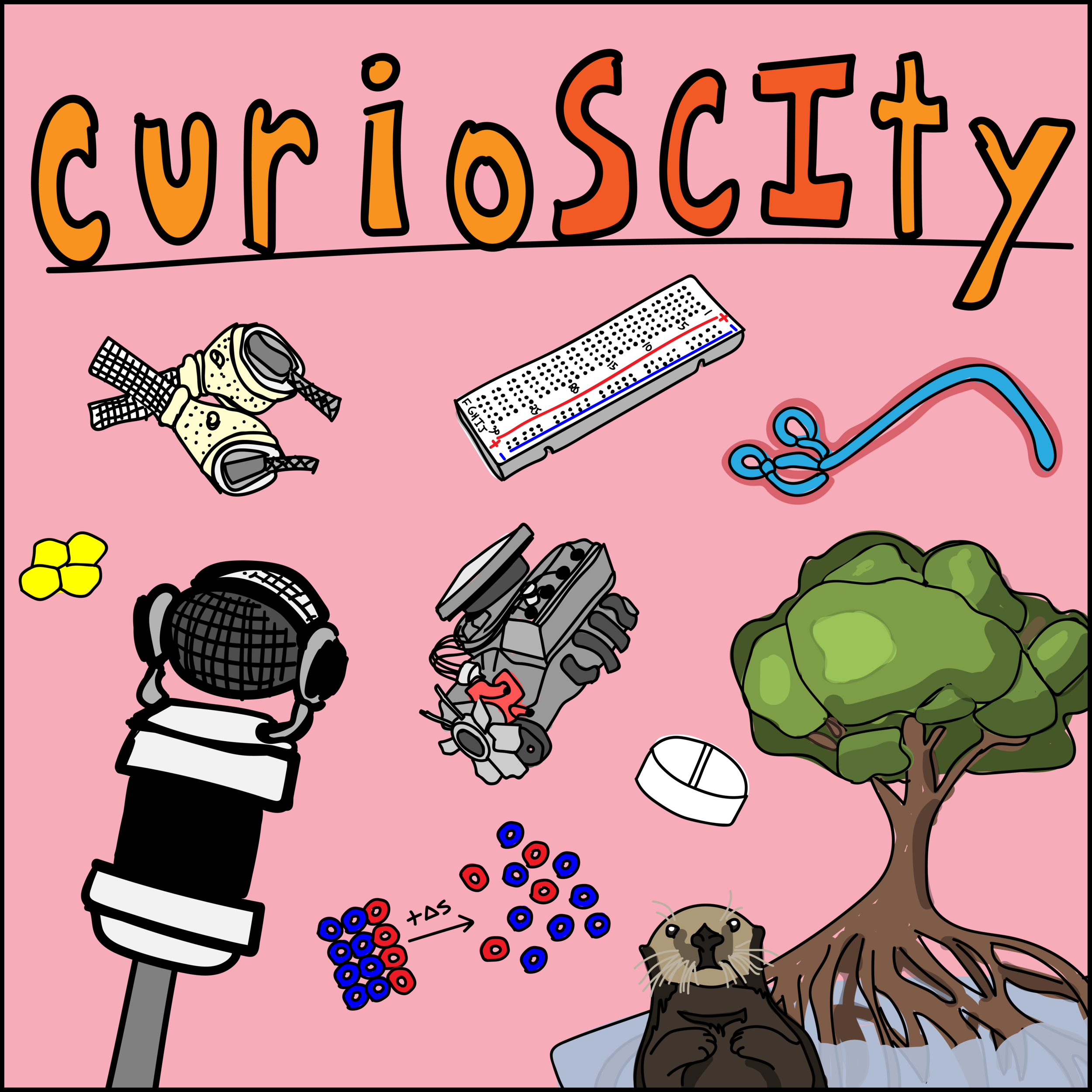70 - Capsaicin (w/ Aaron Griffing!)
70. Capsaicin
Let’s sink our teeth into some pepper lore. It’s gonna be a spicy episode, we’re gonna warm up and listen to Under the Bridge (despite having a little chili), we’re gonna talk about whether or not we believe in ghost peppers, we’re gonna feel hot hot hot. Capsaicin. Let’s learn to be scientifically conversational..
General Learning Concepts
1) What is the idea of spiciness, or heat?
a. Capsaicin: It’s the active molecule of chilis (genus Capsicum). In its pure state, the compound is hydrophobic (waxy), colorless, and odorful.
b. What makes something spicy? Spicy foods activate receptors in mucous membranes that usually respond to heat, the temperature. Barry Green of John B. Pierce Laboratory in New Haven, Conn was quoted saying: “So capsaicin sends two messages to the brain: 'I am an intense stimulus,' and 'I am warmth.' Together these stimuli define the sensation of a burn, rather than a pinch or cut.”
c. What are heat receptors? A particular receptor of note is the transient receptor potential cation channel subfamily V member 1 (TrpV1). This receptor is responsible for recognizing temperature, acids, capsaicin, and allyl isothiocynate (mustard and wasabi). The receptor allows for a floor of calcium to trigger neurotransmitters that send messages to the brain.
2) The Scoville Scale
a. What is the Scoville Scale? In 1912, Wilbur Scoville used taste testers to determine when a hot tasting pepper extract was no longer hot tasting. Nowadays, pepper enthusiasts and scientists use high performance liquid chromatography (HPLC) to determine how many parts per million (ppm) capsaicin is found within a given pepper. “One ppm of capsaicin means that 1 milligram of capsaicin is present in 1 kilogram of pepper. It is like having one red marble (one capsaicin molecule) in a bucket along with 999,999 white marbles (other molecules present in pepper). Capsaicin is so potent that even a concentration of 10 ppm would produce a long-lasting burning sensation on the tongue.” [2]
b. BONUS: Heat profiles. Dr. Paul Bosland, professor of horticulture at New Mexico State University, and his colleagues have broken the heat profile of chile peppers into five distinctly different characteristics. 1) how hot it is, 2) how fast the heat comes on, 3) whether it linger or dissipates quickly, 4) where you sense the heat – on the tip of tongue, at the back of throat, etc., and 5) whether the heat registers as “flat” or “sharp.”
c. The Range: 0 to millions of units.
3) Aaron’s input: from fun facts to pepper growing
4) Fun Tidbits
a. SARS-CoV-2’s effect on taste receptors: Some who are infected with the SARS-CoV-2 virus report a lack of taste or smell that includes spice. Why this is true is still understudied, which is basically true of all aspects of COVID-19 so far. [2]
b. Capsaicin is used to treat itchiness: There is evidence to support prevention of itchiness by using low concentrations of capsaicin.
5) Solicited Questions
a. Is there capsaicin in pepper spray (mace)? You bet there is! It’s just highly purified and concentrated.
b. Does pepper contain capsaicin? Pepper contains a fruit called peppercorn, which is full of a molecule called piperine, which can act as an irritant within the nose or in general mucus membranes. Piperine is much less “hot” than capsaicin. [2]


